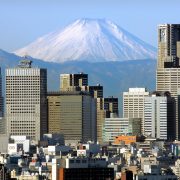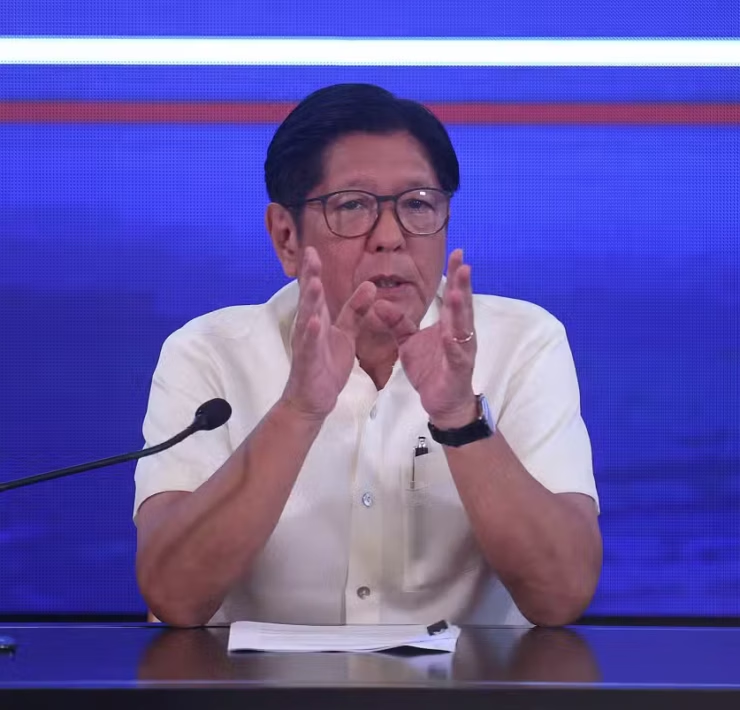PH airs concern as Trump hikes tariff to 20%

The Philippine government is viewing with concern the higher-than-expected 20-percent reciprocal tariff to be imposed by the United States starting next month, as announced by the Trump administration on Thursday.
From being reportedly unfazed by the initial White House statements in April that pegged the tariff at only 17 percent, trade officials are set to leave for the US next week to negotiate a better deal, hoping to bring the rate down to zero.
“We remain committed to continuing negotiations with the United States in good faith to pursue a bilateral comprehensive economic agreement or, if possible, an FTA (free trade agreement),” said Secretary Frederick Go, special assistant to President Marcos for investment and economic affairs, in a Palace press briefing on Thursday.
Go will be joined by Trade Secretary Cristina Roque and Undersecretaries Ceferino Rodolfo and Allan Gepty in the meetings to be held from July 14 to 18.
Go said they preferred to have “face-to-face” meetings with officials from the Office of the US Trade Representative, noting that his visit to the United States in April did not make much progress.
Despite engagements
Roque said trade officials would meet next week to finalize discussions on a possible counteroffer to the United States.
In a statement, the Department of Trade and Industry (DTI) said, “We are concerned that, notwithstanding our efforts and constant engagements, the US still decided to impose a 20-percent tariff on Philippine exports.’’
“We recognize the concerns of the United States regarding trade imbalances and its desire to strengthen domestic manufacturing,” DTI said.
“However, global supply chains are deeply interconnected, and unilateral trade impositions will have adverse effects to the global economy. Thus, we believe in the need for constructive engagement to address trade issues,” it added.
The new rate will take effect on Aug. 1.
Investors react
The local bourse reacted to the higher tariff rate, with the benchmark Philippine Stock Exchange Index (PSEi) closing lower by 0.63 percent on Thursday to 6,463.20. Likewise, the broader All Shares Index shed 0.14 percent, or 5.16 points, to close at 3,812.46.
Washington’s surprise move, however, may not have much of an impact on local equities, especially since the country was less dependent on exports for growth.
“The government should continue negotiating with the US and explore other export markets to mitigate the impact on our economy and support the affected sectors,” Astro del Castillo, First Grade Holdings managing director, told the Inquirer in a text message.
“The industries most likely to be affected include electronics, garments, agriculture and food, certain conglomerates, mining and oil,” he added.
Concessions
More than trying to bring down the reciprocal tariffs, Go said the main objective is to sign an FTA or a bilateral comprehensive economic partnership agreement that could give the Philippines leeway in asking for specific tariff concessions.
He noted that the tariff on Philippine products was still second-lowest in the region, next to Singapore’s at 10 percent. He also said there were no discussions to impose a retaliatory tariff on US products.
The National Economic and Development Authority is set to come out with a computation on the effect of the new tariff rate on the country’s economy.
Interventions
The Economic Development Council will meet to tackle various interventions to alleviate the impact of the new tariff rates on Philippine goods, including coconut, one of the country’s top export products, said Agriculture Undersecretary Roger Navarro.
They will also consult the private sector “to evaluate impact and find ways for mitigation proposals including safety nets and support mechanisms,” he said.
“From the looks of it, the US would want to increase their exports for chicken, wheat, soybean and corn among others. That would greatly contribute to disruptions of our farmers planting intentions and local commodity trade,” he added.
Other markets
Sergio Ortiz-Luis Jr., Philippine Exporters Confederation Inc. (Philexport) president, said it was time for the government to invest in export development and explore other export markets.
“I think what we have to do is once and for all to stop looking at this as just a tariff issue in the US,” Ortiz-Luis said in a phone interview.
“Let’s not concentrate on the US market. Let’s concentrate on developing other markets and let’s support product development and marketing of our products,” he added.
The Philippine Chamber of Commerce and Industry (PCCI) also voiced its concern over the “significant challenges” posed by the tariffs on the “competitiveness of our industries with significant exports to the US market, industries that are within their value chain, and their workers.”
“This development underscores the importance of diversifying our export markets, strengthening regional trade partnerships, and investing in domestic competitiveness,” PCCI president Enunina Mangio said.
The US is the country’s leading export destination in 2024, accounting for 16.6 percent of $73.27 billion in export sales, according to data from the Philippine Statistics Authority.




















